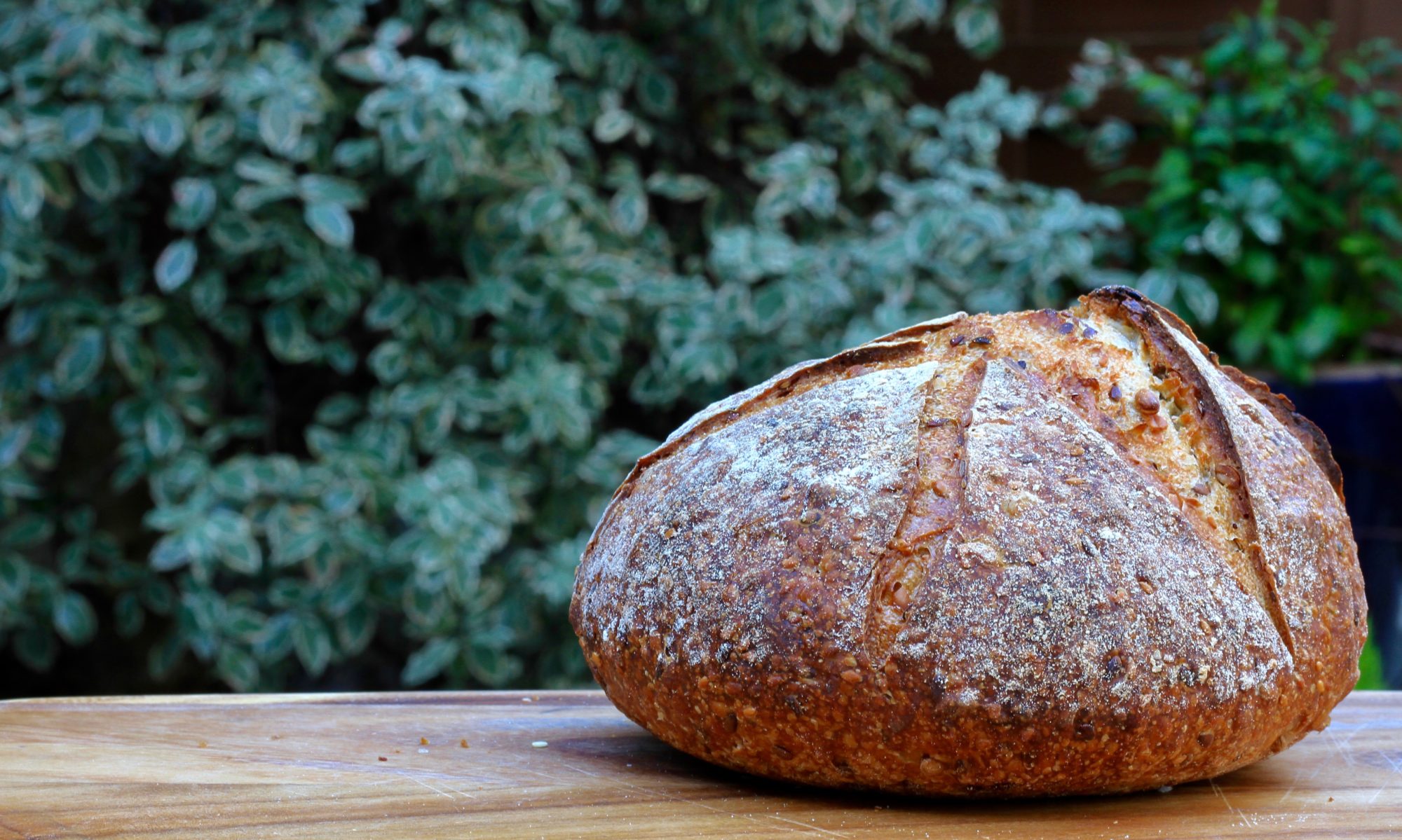Panna cotta is such a simple dish. If truth be told, it’s an elevated version of a popular nursery dessert – blancmange. You won’t see adults ordering blancmange, but you will most certainly see them ordering panna cotta at posh Italian restaurants. The main difference between the two is that blancmange is set using corn flour, and panna cotta is set using gelatine.
Don’t be afraid of trying this recipe, it’s truly foolproof, provided you use the right quantity of gelatine.
A word about the ingredients:
The ingredients are minimal, and the recipe is very simple to put together, the key is the ratio of liquid to gelatine. This ratio makes for a lovely wobbly pan cotta, which will spread out a little after you turn it out. Under no circumstances should panna cotta be chewy.
Dairy: The type of liquid matters; only milk will make it too light, and all cream is too rich in my view. A 2:1 blend of cream to milk for everyday, and 3:1 blend for a special occasion is perfect. Several American recipes add buttermilk (David Lebowitz, Martha Stewart) and that light tang of yoghurt or buttermilk is quite desirable.
Gelatine: Leaf gelatine is a no-brainer to use, and I think is far easier and fail-safe than powder. If you can’t find leaf gelatine use powdered gelatine, but you will need to follow the manufacturers instructions on how to use it.
From my experience, leaf gelatine strengths vary across the world. To confuse matters further, the package will state how much to use for what quantity of liquid, I rarely use this indication, as the type of set and the type of liquid varies, and for this recipe we want a very soft set. In Singapore, I recall doing some complicated math to figure out how much to use. I therefore provide the weight of the gelatine leaves I am using so that if you use a different sized leaf, you can work out how much you need.

Choice of serving dishes: If you are a stressed about turning out the panna cotta last minute, set it in pretty glasses and serve with the fruit atop. It will look stunning and still taste marvellous. If you prefer to unmold it (the benefit being that the vanilla beans that settle at the bottom, are visible on the upturned panna cotta), use any small ramekins or coffee cups to set. Remember that the panna cotta will spread out after it’s upturned.

| Prep Time | 10 min |
| Cook Time | 5 min |
| Passive Time | 6 hours |
| Servings |
|
- 4 g gelatine leaves (in the UK, this would be 2 leaves)
- 300 ml double cream
- 60 g caster sugar
- 100 ml whole milk
- 50 ml whole milk yoghurt or buttermilk
- 1 vanilla pod beans scraped out
- vegetable oil to grease the ramekins
Ingredients
|

|
- Soak the gelatine leaves in cold water (in the UK you can use tap water, but elsewhere use water from the fridge).
- Pour the cream & milk into a pan; add the vanilla beans and the pod. Add the sugar and heat gently, stirring, until the sugar has dissolved. Bring just to a simmer, and then take off the heat. Leave to infuse 5 minutes.
- After soaking for 4-5 minutes, the gelatine leaves should have softened. Squeeze them gently and then stir it into the warm cream mixture to dissolve.
- In a large measuring jug or a bowl with a spout, whisk the yoghurt to ensure there are no lumps. Pour the cream mix through a sieve into the bowl with the yoghurt and mix everything well.
- Grease the inside of 4 small ramekins / pudding basins or coffee cups, and divide the mixture between them. Cover with cling wrap, cool and then refrigerate for at least 6 hours or preferably overnight.
- To turn out, put the dishes briefly in boiling water and then invert on to plates. Serve with berries or fruit compote.


